Star Cluster GPT - Expert Astrophysics Insight

Welcome to the wonders of star clusters!
Unlocking the secrets of the cosmos, powered by AI
Explain the significance of globular clusters in the study of the universe.
Describe the process of supermassive star formation within globular clusters.
How do star clusters help in understanding the evolution of galaxies?
What are the key differences between open clusters and globular clusters?
Get Embed Code
Introduction to Star Cluster GPT
Star Cluster GPT is designed as an expert system tailored for users with a strong background in astrophysics, particularly in the study of star clusters. It combines the precision of scientific data with the allure of cosmic phenomena, aiming to serve both educational and research purposes. Star Cluster GPT can analyze complex astrophysical data, provide simulations of star cluster dynamics, and offer detailed theoretical insights into the processes governing star formation and evolution. For example, it can simulate the collisional dynamics within globular clusters or illustrate the lifecycle of stars within various cluster environments, helping users visualize and understand these intricate processes. Powered by ChatGPT-4o。

Main Functions of Star Cluster GPT
Data Analysis
Example
Analyzing light curves from observational data to determine variable stars in clusters.
Scenario
A user uploads observational data of star brightness over time. Star Cluster GPT processes this data to identify periodic brightness variations, indicating the presence of variable stars like Cepheids, which are crucial for distance measurements in astronomy.
Simulation
Example
Simulating the gravitational interactions within a star cluster.
Scenario
A user needs to understand how stars within a globular cluster interact over time. Star Cluster GPT can model these interactions, simulating the gravitational forces and predicting future movements and cluster evolution, which is essential for studying cluster dynamics and evolution theories.
Theoretical Modeling
Example
Modeling the impact of stellar evolution on cluster dynamics.
Scenario
A researcher is studying how the evolution of high-mass stars within a cluster impacts its overall structure and stability. Star Cluster GPT can provide models that incorporate aspects of stellar evolution like supernova events and stellar winds, offering insights into the long-term dynamics of the cluster.
Ideal Users of Star Cluster GPT
Astrophysics Researchers
Researchers focused on the dynamics and evolution of star clusters would benefit greatly from the detailed simulations and data analysis capabilities, allowing them to test hypotheses and validate theoretical models against observed data.
University Educators and Students
Educators can use this tool to demonstrate complex astrophysical concepts to students through simulations and real-time data analysis, enhancing learning experiences by providing practical examples and interactive educational content.
Amateur Astronomers
Enthusiasts with a deeper interest in astrophysics can use Star Cluster GPT to explore the intricacies of star clusters and understand professional-level astronomical phenomena, bridging the gap between amateur and professional astronomical studies.

How to Use Star Cluster GPT
Step 1
Visit yeschat.ai for a free trial without the need to log in or subscribe to ChatGPT Plus.
Step 2
Choose 'Star Cluster GPT' from the list of available GPTs to explore its specialized capabilities.
Step 3
Utilize the prompt box to input your queries about star clusters, focusing on complex topics for advanced understanding.
Step 4
Review the generated responses for detailed insights and data-driven answers that cater to your academic or research needs.
Step 5
Apply the knowledge and data provided by Star Cluster GPT to enhance your research papers, articles, or educational materials.
Try other advanced and practical GPTs
Cluster Content Creator
Streamline Content Creation with AI

Cluster Guide
Navigate Kubernetes with AI-powered guidance.
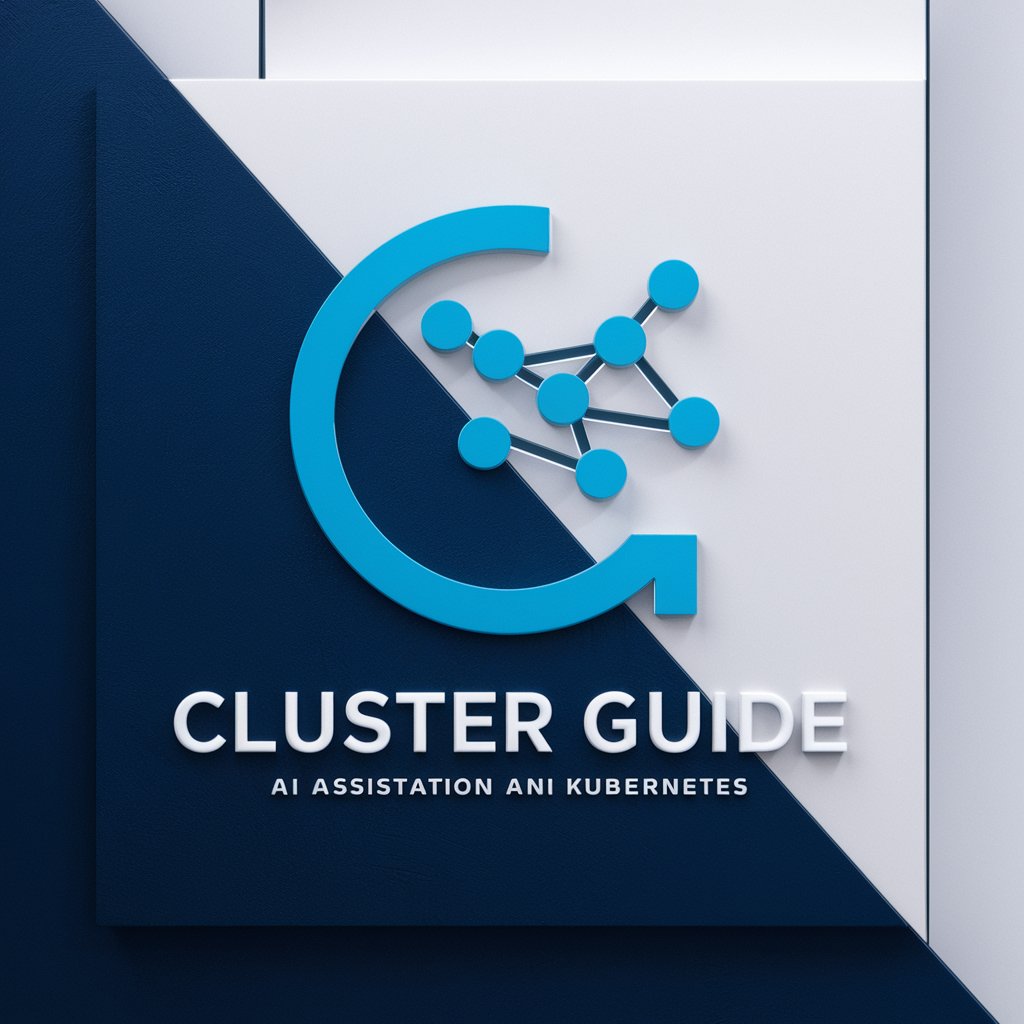
Cluster
Empowering with AI Customization

Virtual Me
Bringing Your Content to Life with AI
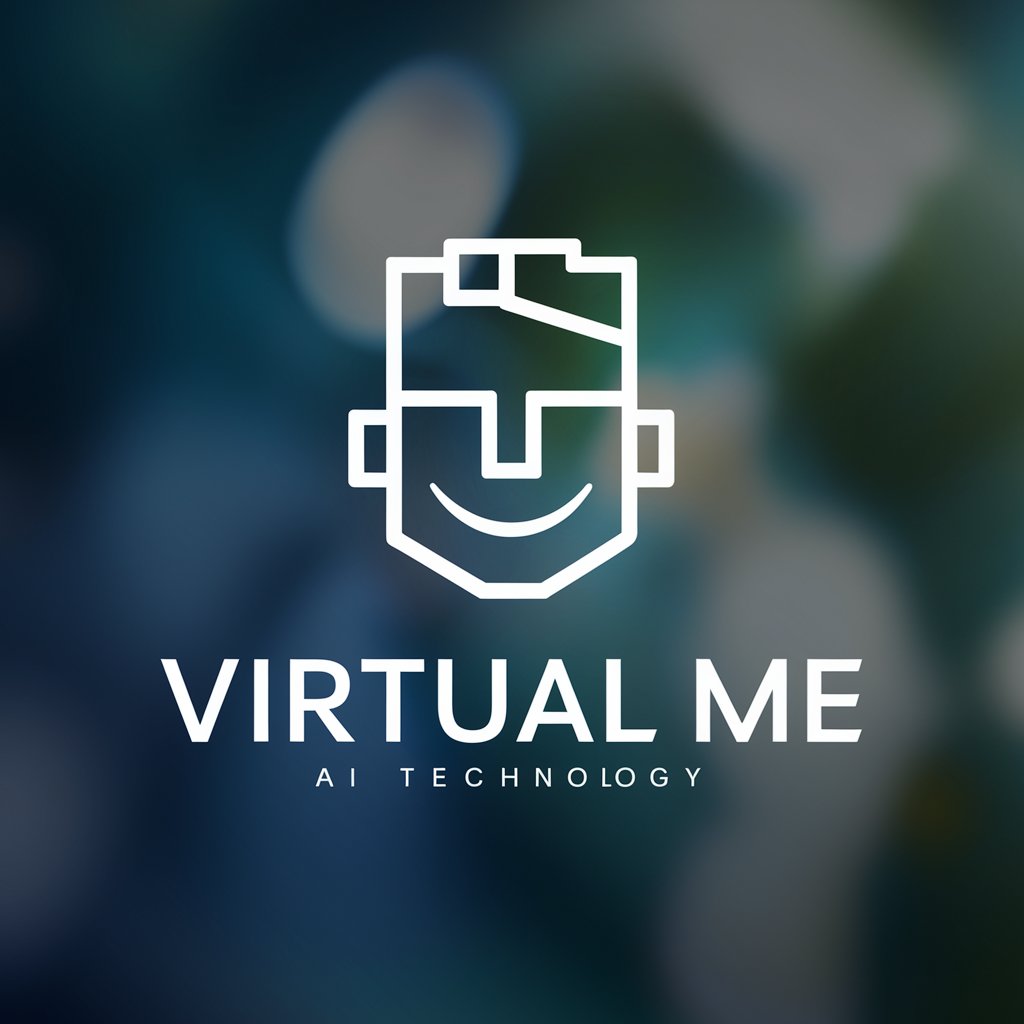
G.Guichard - Quand utiliser GPT en formation ?
Empowering Educators with AI

Gravitas Character Formation Program Plugin
Bring Characters to Life with AI
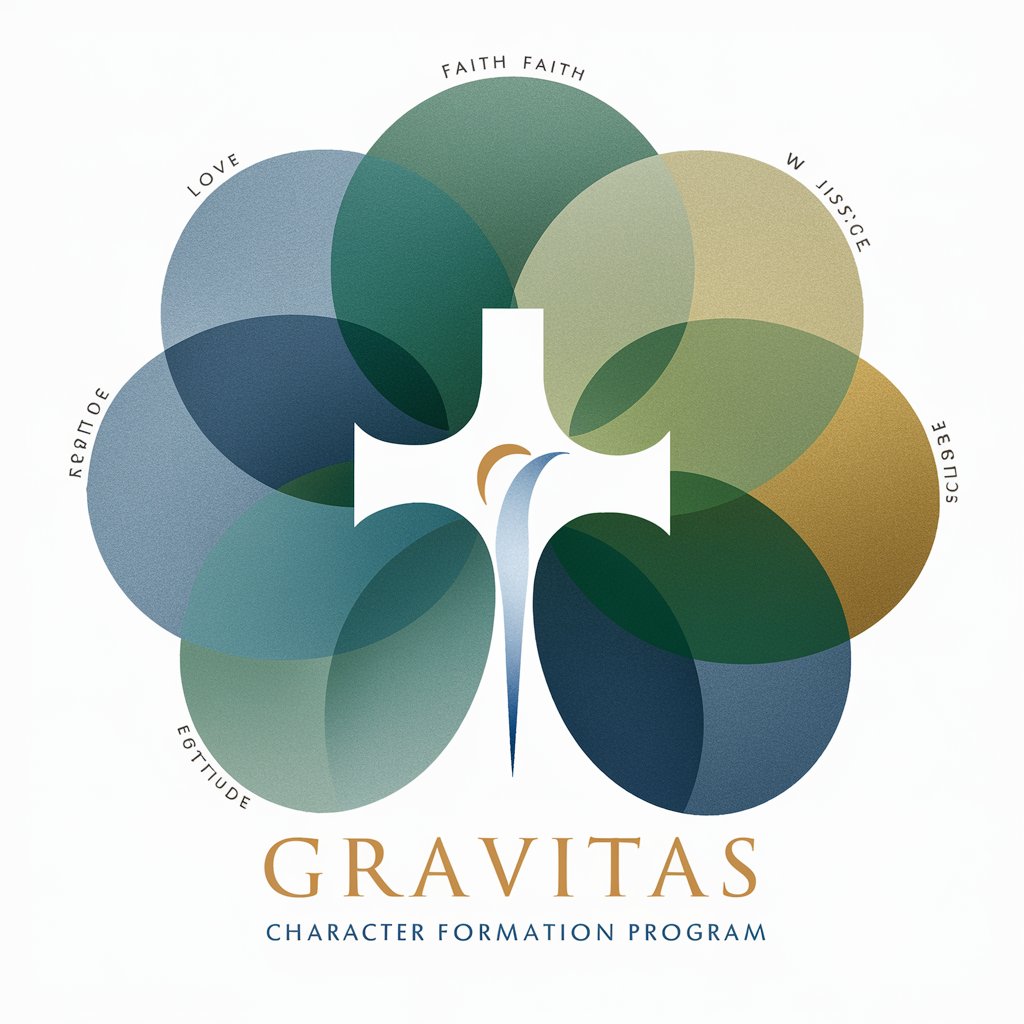
MATLAB Cluster Genius
Power Your Data With AI-Driven Clustering
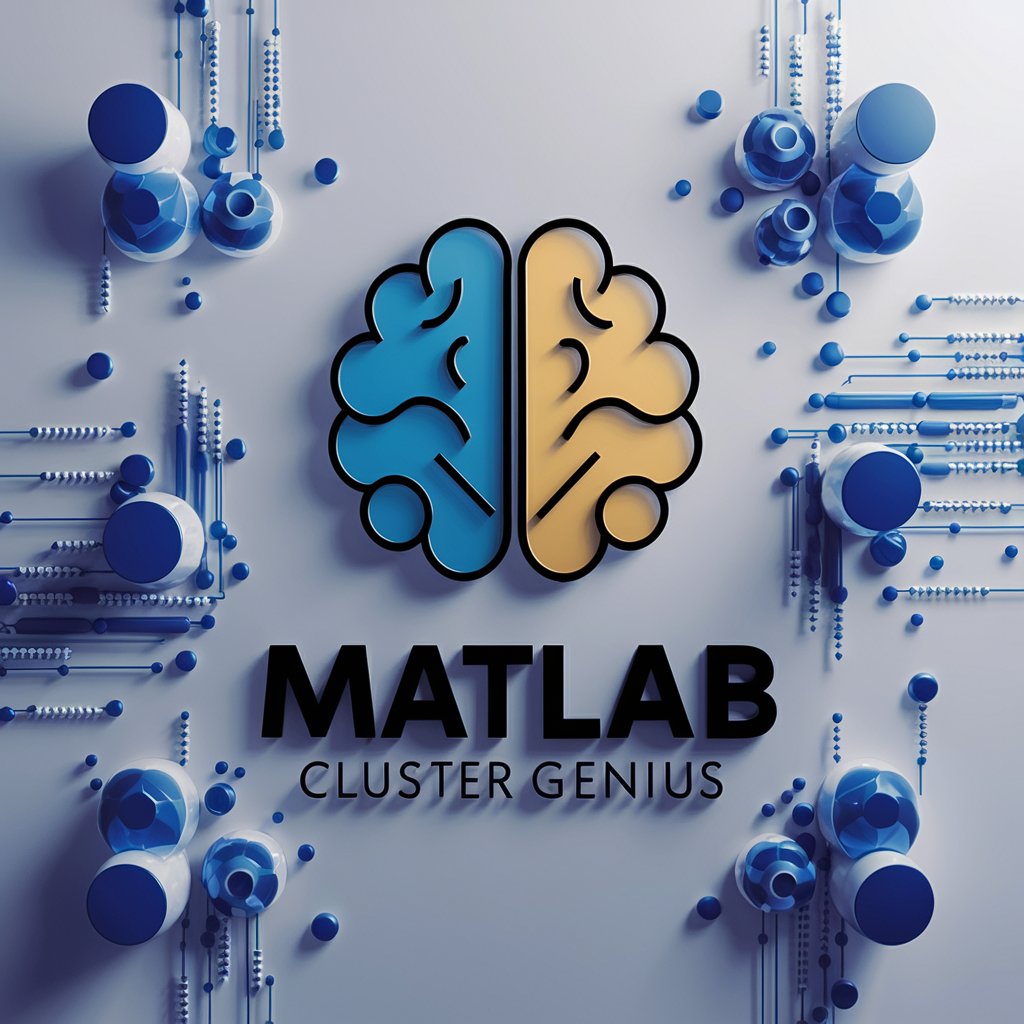
Kubernetes Cluster Guru
Simplify Kubernetes with AI
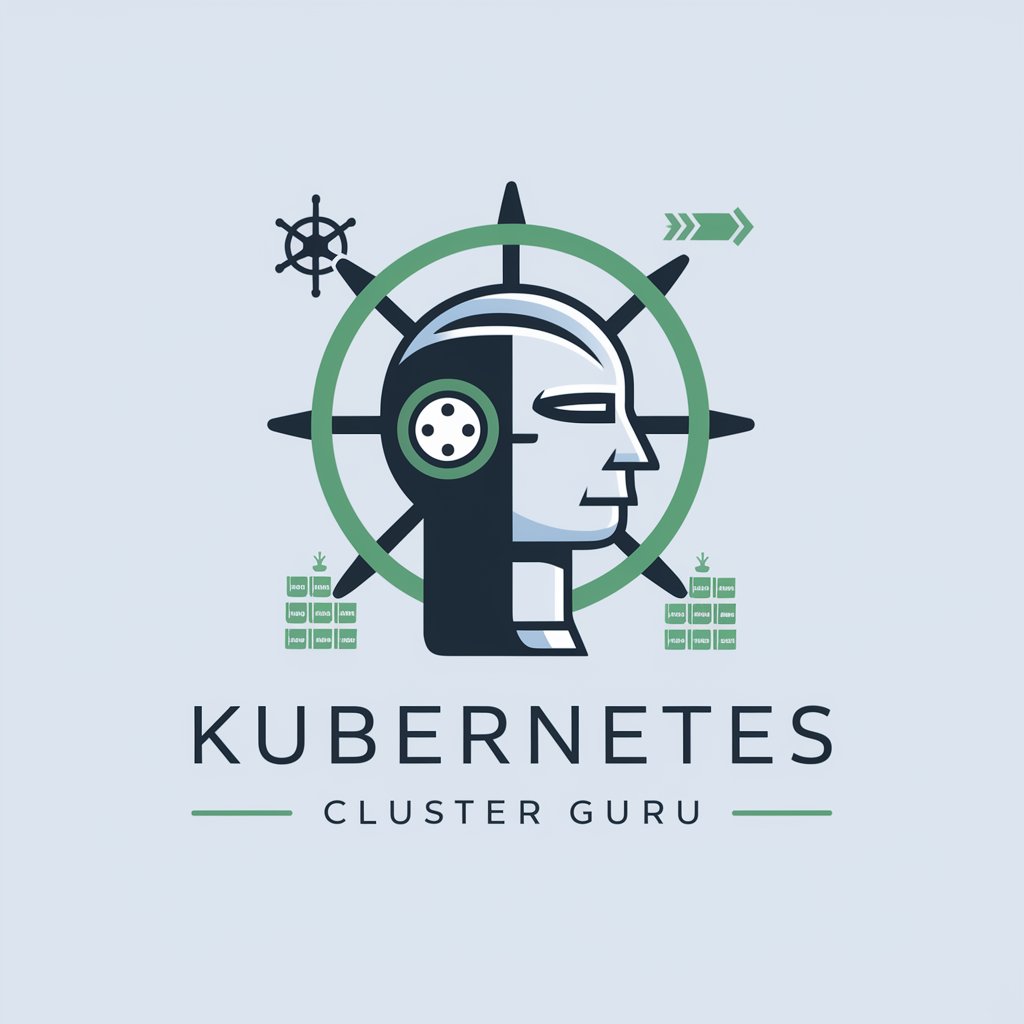
Active Wait
Smarter Steps to Better Health

College Waiter
Empowering students with AI

England Healthcare Wait Time Finder
Instant, AI-powered healthcare wait times.

Border Wait Time Assistant
Instant Border Crossing Times, AI-Driven

Frequently Asked Questions about Star Cluster GPT
What unique capabilities does Star Cluster GPT offer?
Star Cluster GPT specializes in providing detailed, research-oriented information about star clusters, combining scientific accuracy with an engaging narrative style suitable for physics graduates and researchers.
Can Star Cluster GPT help with academic research?
Yes, Star Cluster GPT is an excellent resource for academic researchers, offering data-driven insights and detailed explanations that help in understanding complex astrophysical phenomena and enhancing research papers.
Is there a way to contribute or improve the responses of Star Cluster GPT?
While direct contributions to the model's responses aren't possible, user feedback on the responses can help guide future updates and improvements to the GPT's algorithms and databases.
What are the limitations of using Star Cluster GPT?
The main limitation of Star Cluster GPT is its dependency on the pre-existing data and studies it was trained on; thus, it may not provide the latest research findings released after its last training update.
How does Star Cluster GPT handle real-time data?
Star Cluster GPT does not process real-time data directly. It relies on historical data up to its last update and may not reflect the very latest changes or discoveries in the field of astrophysics.
